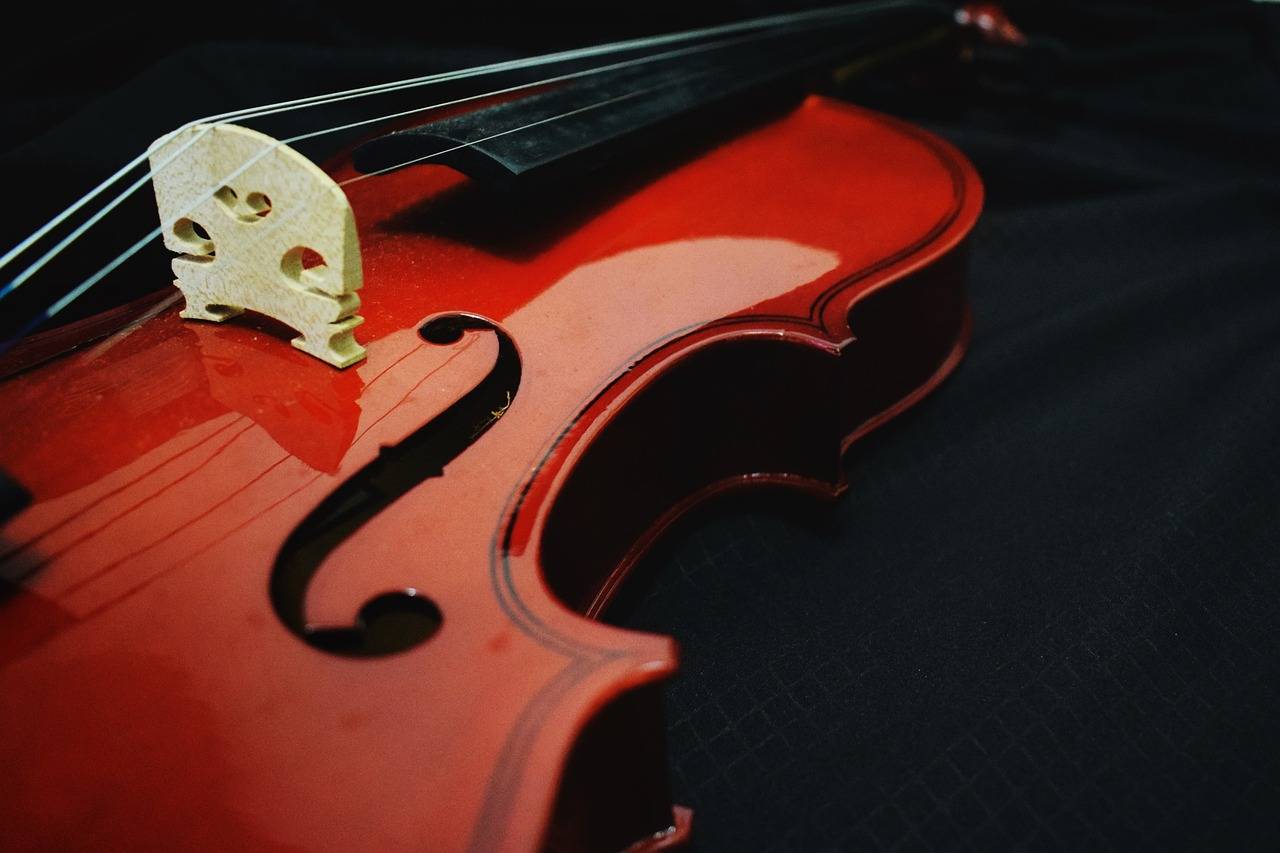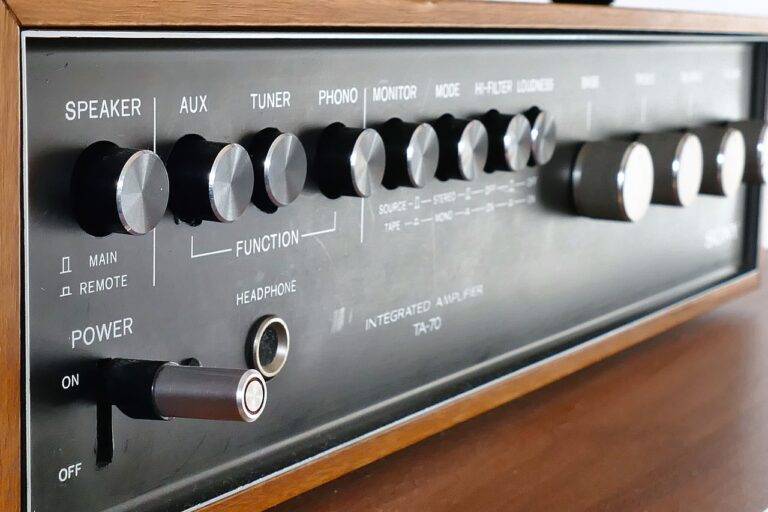Exploring the Future of Virtual Reality Art Galleries
The rise of virtual reality art galleries marks a significant shift in the way art is experienced and appreciated. By transcending physical limitations, these digital spaces offer viewers a unique and immersive way to engage with artwork from around the world. With just a few clicks, users can explore virtual exhibitions, interact with pieces, and even attend art openings without leaving the comfort of their own homes.
In addition to democratizing access to art, virtual reality galleries also provide artists with a new platform to showcase their work. Without the constraints of physical space, creators can experiment with innovative forms of expression, pushing the boundaries of traditional art mediums. As technology advances, the possibilities for virtual reality art galleries are endless, offering a dynamic and ever-evolving landscape for art enthusiasts to explore.
The Evolution of Traditional Art Spaces to Virtual Reality Galleries
Traditional art spaces have long been the cornerstone of artistic appreciation, offering a physical platform for artists to showcase their work and for viewers to engage with art in person. However, with the rapid advancement of technology, these traditional spaces are evolving into virtual reality galleries, opening up new possibilities for art enthusiasts around the world. By harnessing the power of virtual reality, these galleries are transcending the limitations of physical space, allowing individuals to immerse themselves in art from the comfort of their own homes.
This shift towards virtual reality galleries is revolutionizing the way we perceive and interact with art. Through VR technology, viewers can explore artworks in a more interactive and immersive manner, gaining a deeper understanding of the artist’s creative vision. Additionally, virtual reality galleries have the potential to reach a much broader audience, breaking down geographical barriers and making art more accessible to people from all walks of life. As these virtual spaces continue to develop, they are reshaping the art landscape and redefining the traditional notions of art appreciation.





